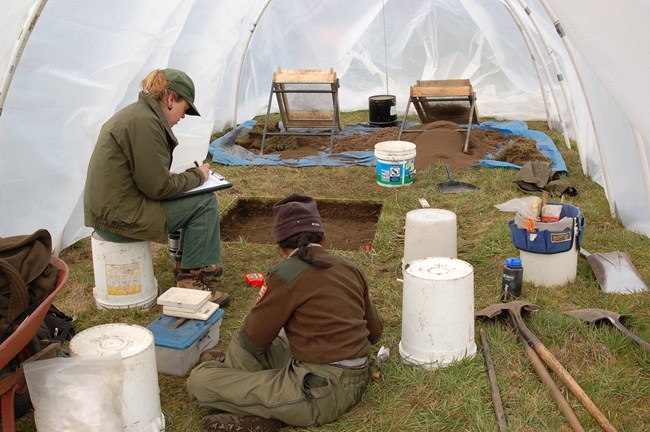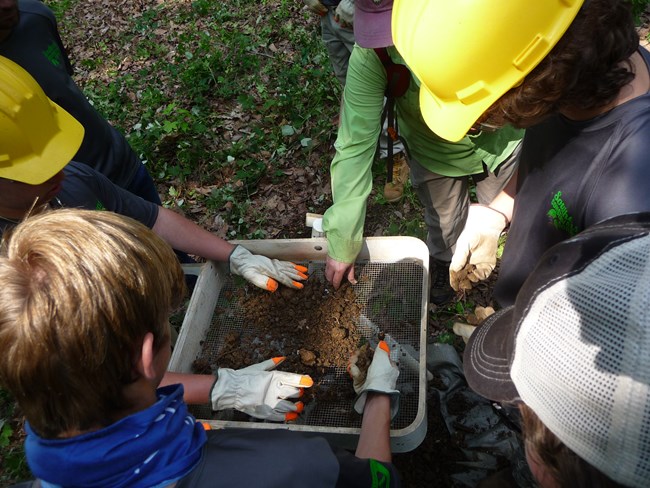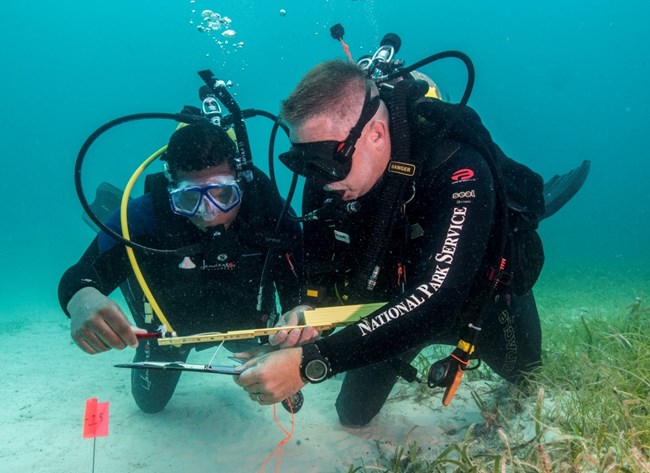Last updated: May 9, 2023
Article
What Are the Subfields of Archeology?

Archeoastronomists study relationships between ancient peoples, their monuments, and astronomic events.
Archeopedologists study ancient soils in archeological contexts. At archeological sites soils often retain matter from cultivated plants, fires, human-made features and human daily activities such as cooking or waste disposal. This information can provide archeologists contextual information about how past people lived.
Collections Managers and Curators work in curatorial facilities, such as museums or government repositories, to prepare and store artifacts and the associated documentation from excavations for long-term care. They manage collections, conduct conservation, do research, and make collections available for study.
Environmental Archeologists study the long-term relationships between people and the world they inhabit. The effects of climate change, weather events, animal migrations, and water supply are all aspects of environmental archeology.

Forensic Archeologists apply archeological techniques to sites where possibly criminal events took place. It is used to recover evidence from areas of war, battlefields, and crime sites.
Geoarcheologists use geography, geology, geophysics, and other Earth sciences to inform archaeological knowledge and thought. Through geoarcheology, archeologists gain an understanding of what earlier landforms were like, where sites may be located, and insight into raw materials and resources in the area.
Historical Archeologists study peoples and cultures who left written documentary records. These records may include archives, government documents, letters, and other sources. Excavation and document research can test each other to identify inaccuracies in the documentary record, reveal underrepresented voices, and highlight issues of power.

"Prehistoric" Archeologists study indigenous and Native American peoples in the period before European contact in the New World. "Prehistory" is now a dated term and out-of-favor with many Tribes and archeologists.
Underwater Archeologists examine sites in bodies of water, including oceans, lakes and rivers. Archeologists who work underwater have techniques that are unlike terrestrial archeologists, because they use special gear (such as SCUBA equipment) and different excavation methods.
Zooarcheologists (sometimes called archeozoologists) study animal remains from archeological sites. The remains consist mostly of parts like bones, teeth, and shells. Zooarcheology provides a more complete picture of the kinds of animals and plants present at a site.
